Staking Tomatoes For Healthier Plants (And More Fruit)
As an Amazon Associate and member of other affiliate programs, I earn from qualifying purchases.
The point of growing tomatoes is to get ripe fruit, right? Well, staking tomatoes is key to keeping your plants healthier and making more produce.
While staking tomato plants isn’t absolutely necessary, in my experience, it helps keep your tomatoes healthier and more productive by minimizing pests and disease as well as giving you easier access to pick your fruit.
If you choose not to tie up your tomatoes, they will happily sprawl across the ground taking up as much space as you let them. But the drawback is that your plants and fruit are resting on the soil which means you’ll have a harder time identifying and treating pest and disease issues.
Staking Tomatoes
When we talk about tying up tomato plants, it’s important to distinguish between determinate and indeterminate tomato plants.
Determinate tomatoes tend not to get as big as indeterminates, but they usually still need to be staked or caged in some way. Indeterminate tomatoes will grow and grow until they die from frost or disease.
In fact, the record for the tallest tomatoes is 65 feet! (source) And it’s not uncommon for indeterminate tomato plants to grow to 7-9 feet tall.
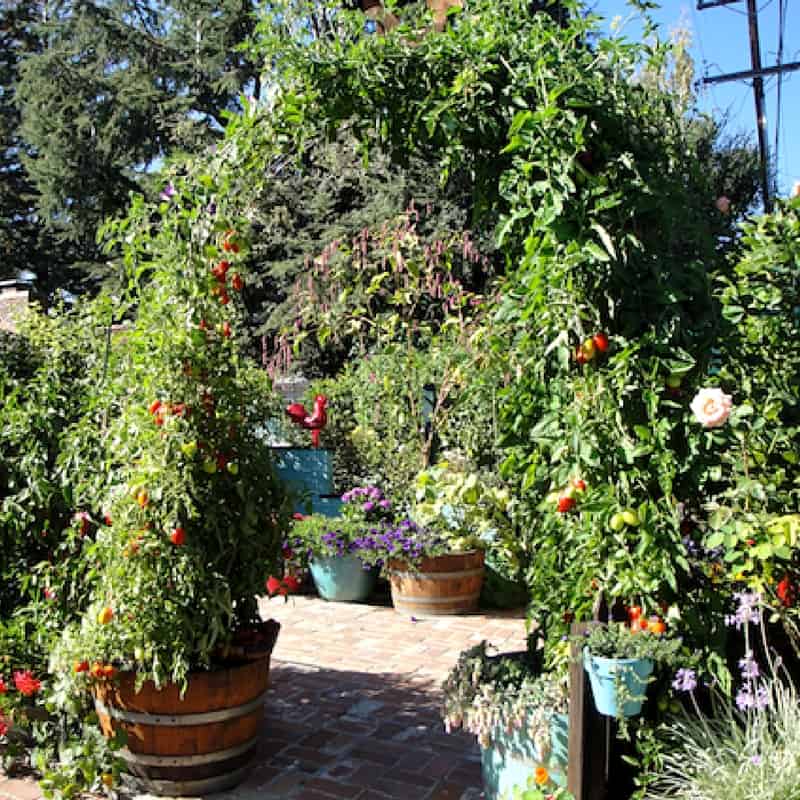
Isn’t that tomato arch amazing?! That’s what an indeterminate tomato plant will do if kept alive under ideal conditions.
Do tomato plants need to be staked?
Staking or tying up tomato plants is important to support the plant as it grows and provides easy access for you to collect tomatoes, prune the plants, and monitor for pest and disease issues.
I’ve grown tomatoes using the sprawling method (i.e. do nothing and let them grow) and using various methods for staking. I found that the sprawling tomatoes appeared healthy and grew well, but we did not get a great tomato harvest from it.
The tomatoes were smaller, and we lost a lot of fruit to hornworms that we couldn’t see in the viney mess. That experience convinced me that tying up tomatoes is best for tomato plant health and fruit production.
If you’re also convinced you need to be staking tomato plants, then you have a few options for accomplishing the task.
Easiest method for staking tomatoes: the cage
If you have just a handful of tomato plants, you might choose to use tomato cages. The typical tomato cages that you find at the garden center do come with some limitations, though.
For most indeterminate tomato plants, they are far too small to support a plant for more than a few weeks. They also make it hard to prune your tomato plant. If you’re going for the bushy look, then don’t worry about that.
But if you like to remove suckers and dead leaves, then the standard tomato cage can make that job more difficult. That said, there are a lot of homemade versions that aren’t as restrictive.
Types of tomato cages
If you’re looking to purchase a tomato cage, there are lots of options. The most common type of tomato cage looks like the ones in the photo above.
Make sure when you are purchasing a tomato cage you get one that is appropriate for the type of tomato you are growing. Check your seed pack or plant tag to see how tall and wide your tomato plant will grow.
You can also build your own tomato cages using wood, strings tied around stakes, or just a big circle of hog wire.
Using a stake or trellis to support tomato plants
Another fairly simple solution is to tie your tomato plants to a stake or trellis. For smaller plants like dwarf and micro sized tomatoes, you can get away with a single post driven into the ground. Then use string, velcro strips, or whatever you have to tie the main stem to the stake.
For larger plants, a metal t-post pounded 12+ inches into the ground is better. Attaching a section of hog wire or cattle panels to your stake will give you more space to tie up your plants.
You can use strips of old pantyhose, t-shirts, or store bought plant ties to attach the plant to your support method.
Tying tomato plants with the Florida weave
The Florida weave works great for our long rows of plants, but it’s one of the most labor-intensive ways to tie up tomatoes.
The idea of the Florida weave is to pull your twine from post to post alternating sides of your tomato plants. As you walk the twine from post to post, weave it between the tomato plants so that the twine lays against opposite sides of neighboring tomato plants.
At the end of the row of plants, turn around and weave in the opposite direction. When you’re done, you have tomato stems sandwiched between two lines of twine.
You’ll have to repeat the process every week or so while your plants are growing moving the string 6-12″ higher on the t-posts as the plants grow.
Because it takes so much time, it’s easy to get behind with this method, and later in the season, we often just pull the string and clip or tie the tomato plants to hold them in place.
Staking tomatoes is worth the effort
We get better results when we prune and tie up our tomato plants. It does require some work, time, and planning, but if it means more tomatoes, it’s totally worth it.
The method of tying up really doesn’t matter as much as long as it gets done. In my opinion, decreasing contact with the soil and allowing better airflow through your plants improves the overall harvest you get.
How about you? Do you stake your tomatoes or do you let them sprawl?
Share your experience in the comments!


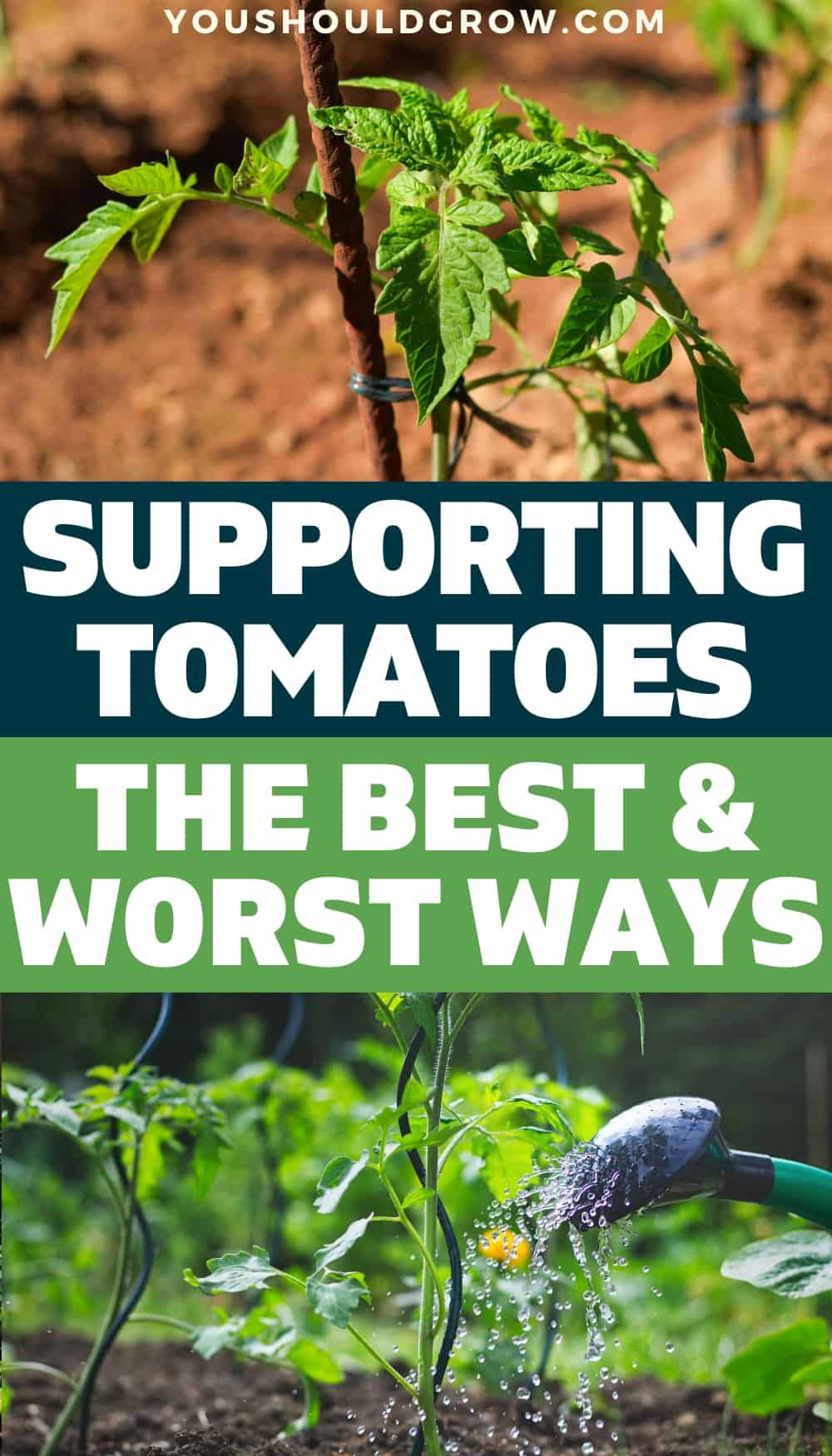
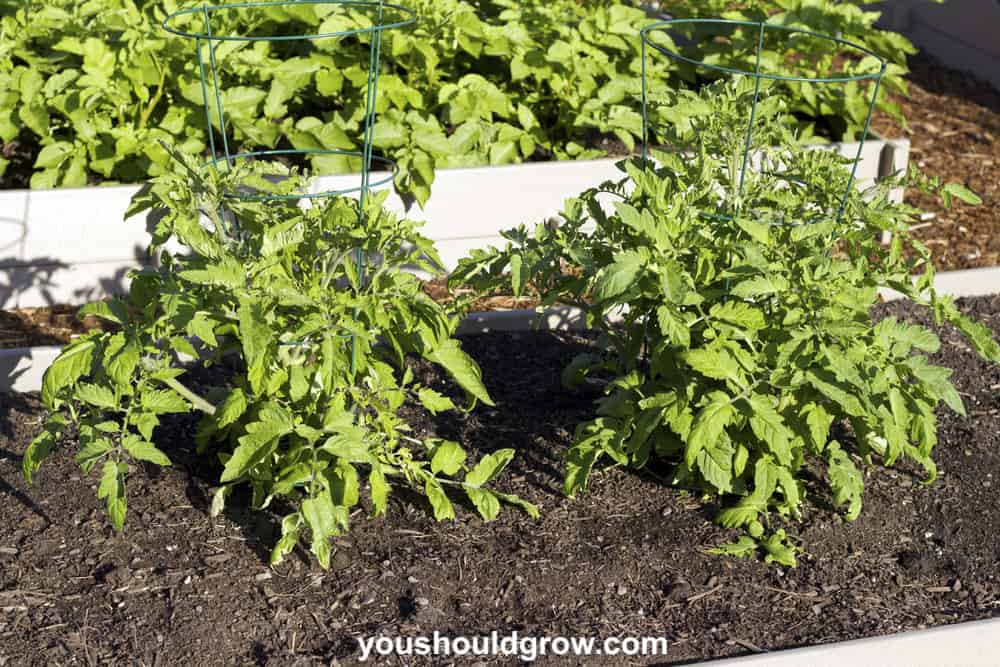
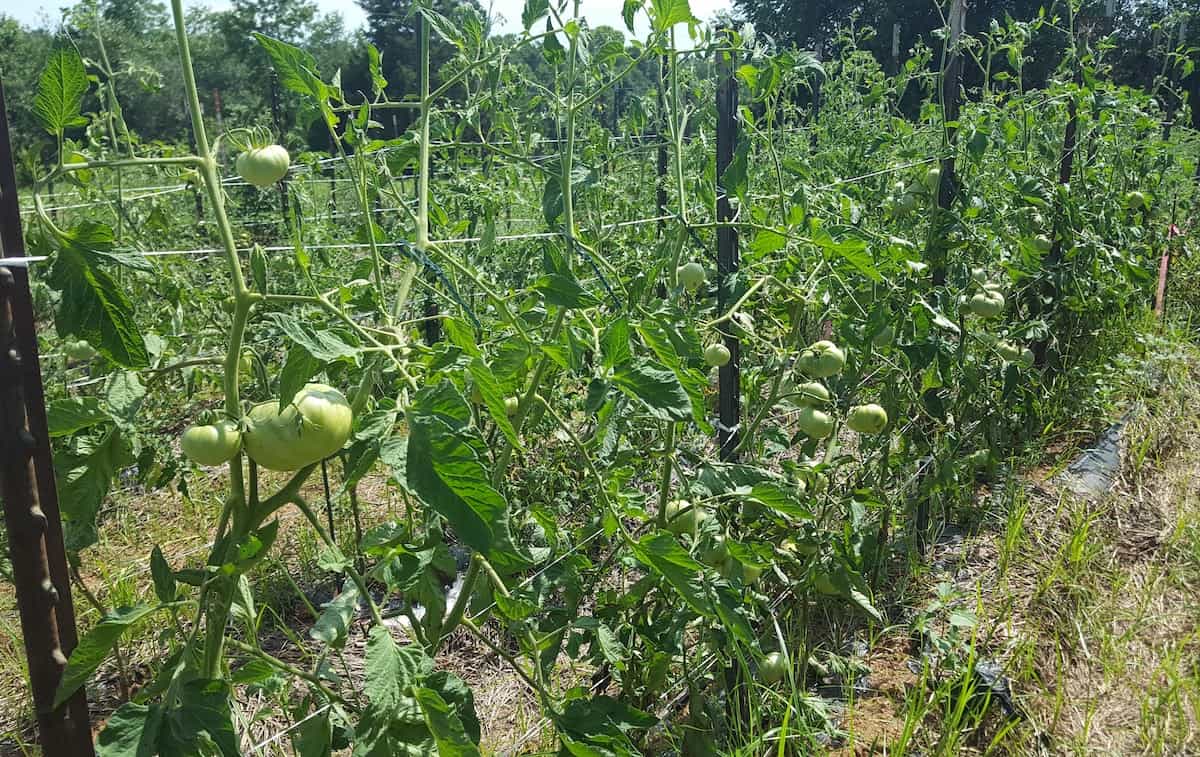
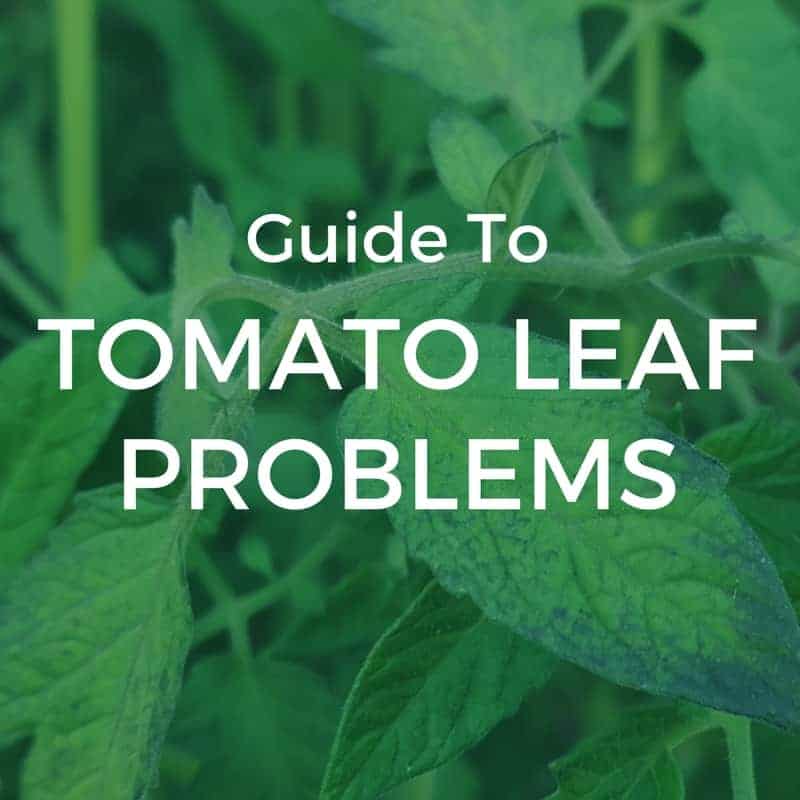
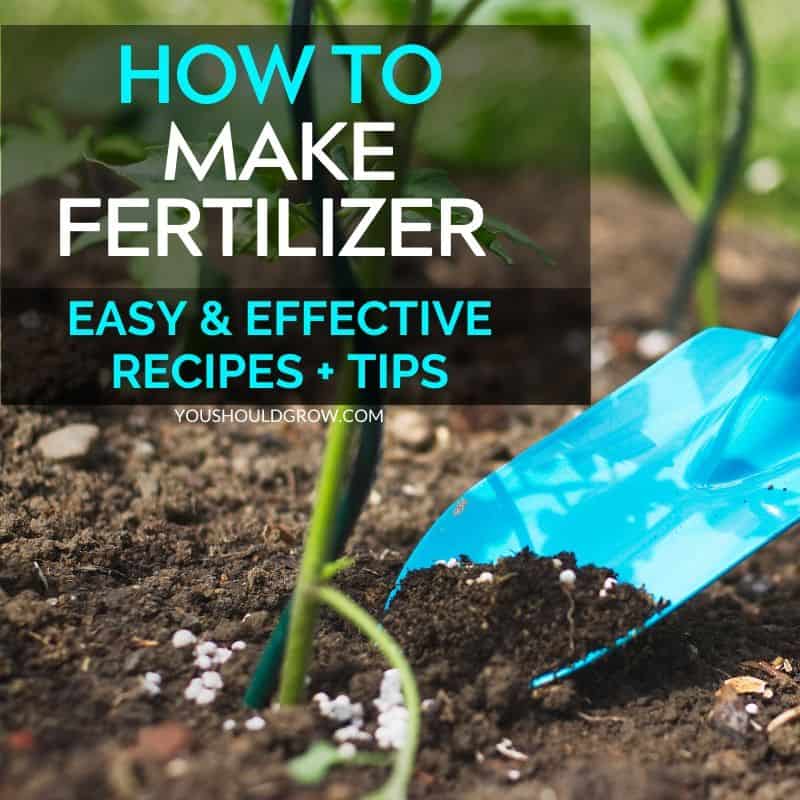
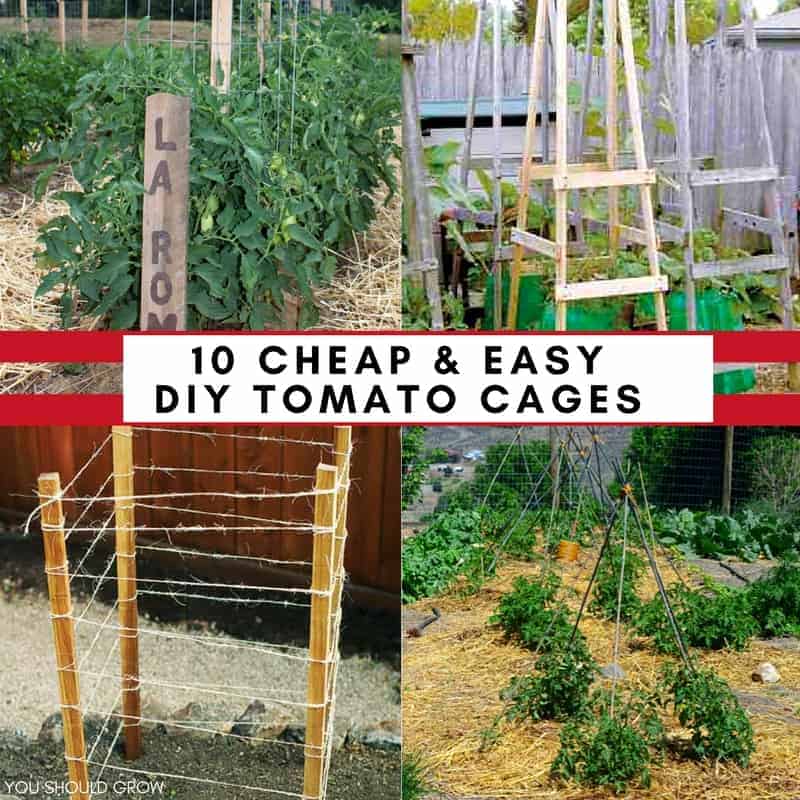
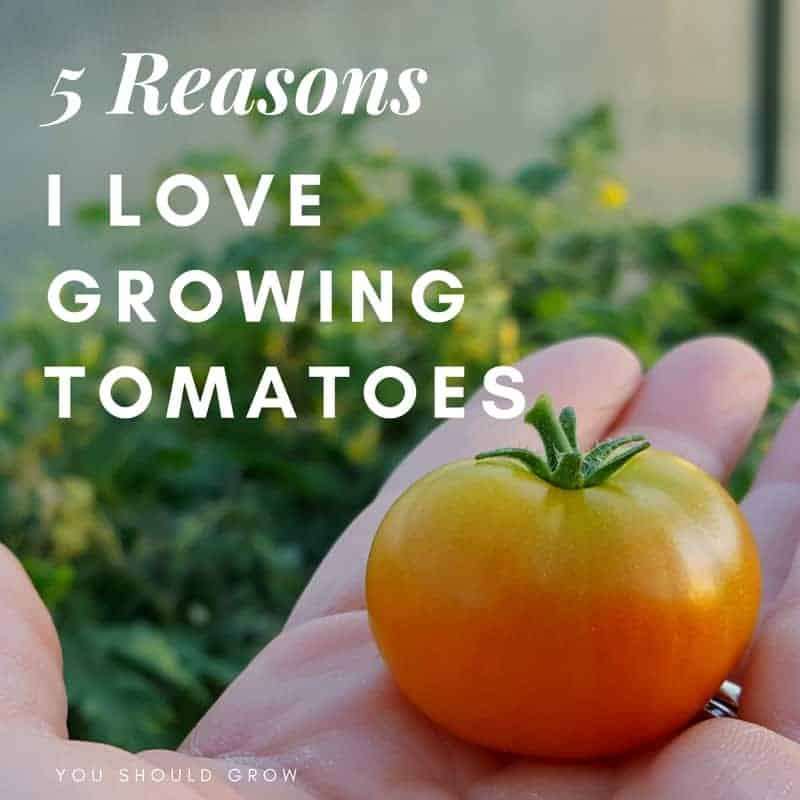
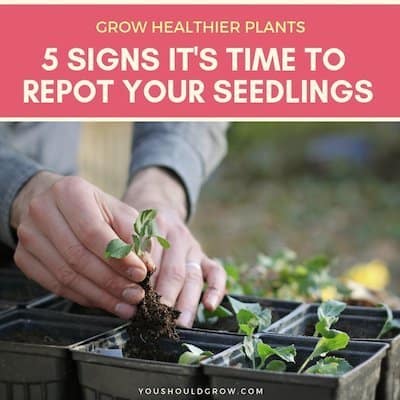
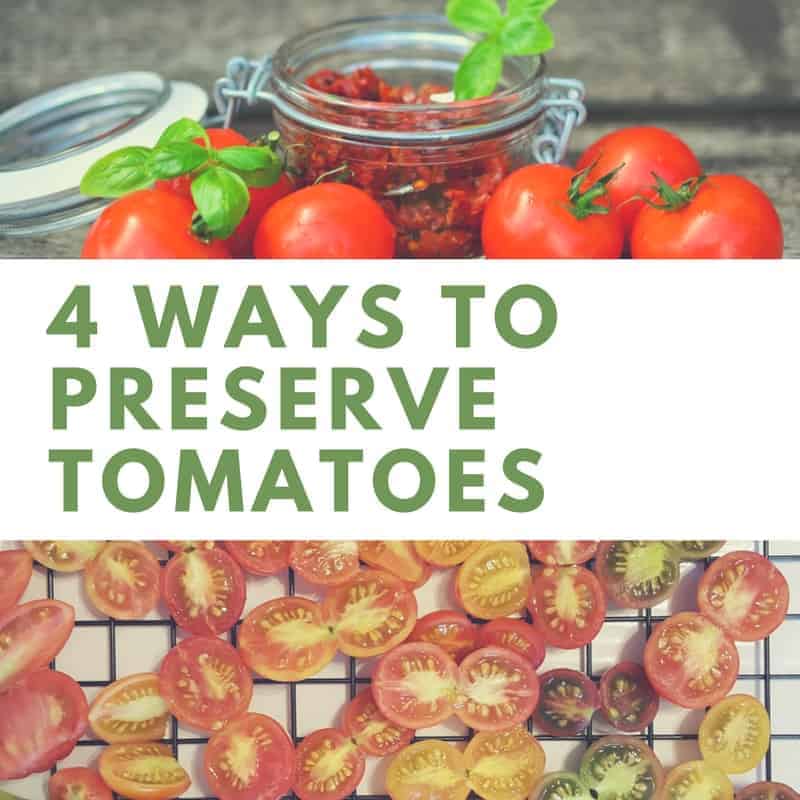
I live very close to a pecan and peach orchard. I have had terrible problems with growing my tomatoes. My County Agent claims it is bacterial leaf spot. Do you have any methods of dealing with this problem? I am a master gardener and just moved to this small farm so I could expand my garden. Help!!! This is really depressing!!!
I would start looking for resistant varieties and just keep growing.
I like staking our Tomato plants using cut sections of Cattle Panels. They are strong and cutting off the branches under the tomato once it forms. We also grow ours in Bales of Straw, every year.
What are “resistant varieties”, name 1 or 2. Thanks.